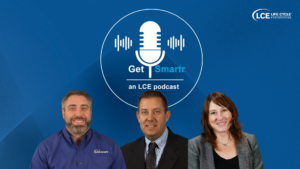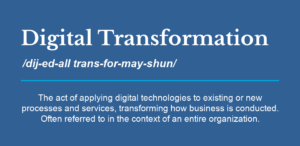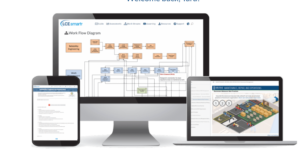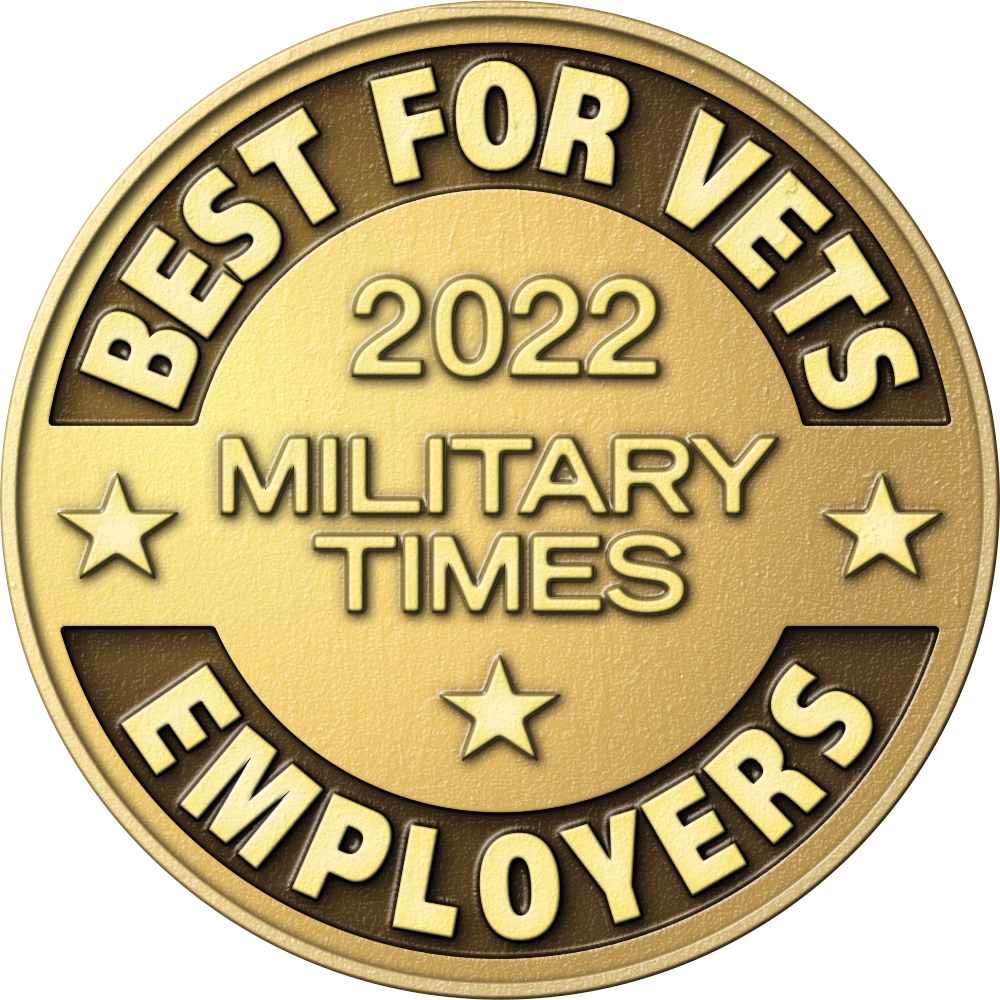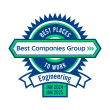By: Paul Borders, Senior Principal Consultant at Life Cycle Engineering
As published in Reliable Plant
How the ‘E’ and the ‘S’ of your ESG initiatives are affected by your reliability efforts.
You’ve likely got a car. It’s not an inexpensive purchase, and you probably take good care of yours, right?
If you drive it conservatively and care for it properly by keeping the tires inflated and the oil changed, you can expect to enjoy great gas mileage and the car lasting you several years.
Now, imagine your teenage self with your parents’ car — or, if you were lucky, your own. Did you drive it like a rental? No ditch too deep and no curb too high, right?
Maybe you forced it to plow through a snowbank or flew through puddles deep enough to soak your pants. I’m cringing right now as I picture it.
That car wasn’t set up for success. It likely underperformed, had a heavy level of exhaust, and ultimately met its end much earlier than it could have.
The way we treat our cars impacts the environment. The way we manage our plants and equipment also impacts the environment but on a much larger scale.
Let’s Talk About ESG
These three letters that, depending on your outlook, might represent a threat to your business’s very existence. Of course, all the traditional sources of pressure — market share, profitability, and productivity — still apply. But now, that list includes things like carbon reduction requirements and energy use and efficiency.
ESG – short for Environmental, Social, and Governance – is anything but a passing, feel-good fad or trend. We have seen a conscious, concerted effort over the last few years to incentivize businesses and industries that deliver good ESG performance over so-called “dirty” industries.
As a result, ESG-oriented investments number in the trillions of dollars, while industries with higher carbon footprints now run the risk of losing out on re-investment from capital markets. Combined with the level of reshoring happening now, we can anticipate many more new plants starting up with more efficient technology and lower carbon footprints. So, not only are legacy manufacturers going to contend with ESG pressures but also with a much newer set of manufacturing competitors.
It’s also worth noting that the next generation of employees have also expressed a desire to work for companies that are making genuine efforts to reduce their impact. At the end of 2022, the World Economic Forum reported that 93% of Generation Z identifies addressing climate change as critical for the future of the planet.
Your ESG efforts are only going to become a larger discussion and gain more consideration as these young candidates consider their employment options. The financial and social pressure on businesses to prioritize ESG is very real. But the good news is that you don’t need to become carbon trading experts overnight, or completely reinvent the way your business operates, to impact your ESG performance.
To get your ESG efforts kick-started and moving in the right direction, start with maintenance and reliability.
ESG Success Starts with a Solid Asset-Reliability Program
I’m always surprised many businesses don’t see the link between high-quality asset management and ESG performance. In reality, a great asset-management program not only improves your financial position but also helps you hit your ESG goals in the long run.
Maintenance and reliability is not a game of making wholesale, sweeping changes, but rather getting the smaller, everyday things operating well — which, when taken together — can have a substantial impact overall.
Bridge the Generation Gap
At the end of 2022, the World Economic Forum reported that 93% of Generation Z identifies addressing climate change as critical for the future of the planet. Your ESG efforts are only going to become a larger discussion and gain more consideration as these young candidates consider their employment options.
– Source: World Economic Forum
Consider the following example: If you have a poorly maintained pump in your facility, it may be consuming a lot of energy, not performing well, and is likely compromising your productivity.
If you take a highly reliable approach to that pump and it’s being properly maintained, you’re not only using less electricity but also optimizing the pump’s long-term lifespan. Rather than eking out two years (or less) with poor maintenance, you can now expect to get closer to 10 years with less costly disruptions, downtime, and waste.
Consider this as well: The carbon footprint it would’ve taken to make that pump to begin with doesn’t have to be replicated several times due to it not failing prematurely. If you maintain and carefully repair what you have, there is less of a need to replace, especially prematurely or because of failure.
Remember your car?
The major point to take away is that if you treat your assets well and lower their overall life-cycle cost, you’re also putting wind in the sails of your ESG efforts.
Building New? Get It Right the First Time
This story doesn’t begin and end with improving asset management and reliability. If your company is in the process of reshoring manufacturing plants, expanding, or replacing a legacy plant with a new build, there’s plenty you can do at a new plant’s commissioning and design phase.
If you’re building high levels of reliability and asset-risk management into your new plant’s design from the outset, you can minimize the need for reworking and overhauling over its life cycle, which can result in a much lower overall carbon footprint.
Good planning and scheduling processes can also help reduce a tremendous amount of waste. One example is “operational readiness”, where you look at every functional area — from engineering to accounting to HR — and then identify, plan, and prioritize the activities that must be completed to ensure the smoothest possible operations from day one.
Other practices, such as incorporating digital technologies that monitor machine performance, can help you more readily identify where improvements can be made.
There’s No Shame in Learning from the Best
Right now, there is no “hard and fast” standard around ESG, as you and everyone else are trying to figure out how to incorporate it into your current and estbalished ways of doing business. But there are definitely strides you can take outside your plant to reach those ESG goals.
Fortunately, there are dozens of examples where long-standing, carbon-heavy businesses have taken on the challenge, pivoted and, ultimately, found new ways to thrive and build compelling ESG stories. So, look to and learn from companies with more ESG experience, companies that have been doing it well for several years.
For example, Delta Airlines purchases “carbon offsets” to reduce their footprint and has even announced an investment in sustainable aviation fuel made from biofeedstocks.
Household insulation producers Owens Corning set out almost two decades ago to reduce their carbon footprint by refining their manufacturing and production processes to use far less energy. At the same time, the company has shared messaging around the benefits of their insulation products and how they can help owners reduce their own carbon footprints.
When it comes to the concrete things you are doing to improve asset reliability in your facilities, your ESG story isn’t going to be a paper tiger or words on a website. It has the potential to stand on its own as a credible, living example.
Paul Borders is a Senior Principal Consultant at Life Cycle Engineering. He brings more than 17 years’ experience as a strategic manufacturing manager to his role in helping clients as a senior principal consultant. Paul also helps companies sustain performance improvements by driving culture change to ensure new systems become a fundamental way of life.









